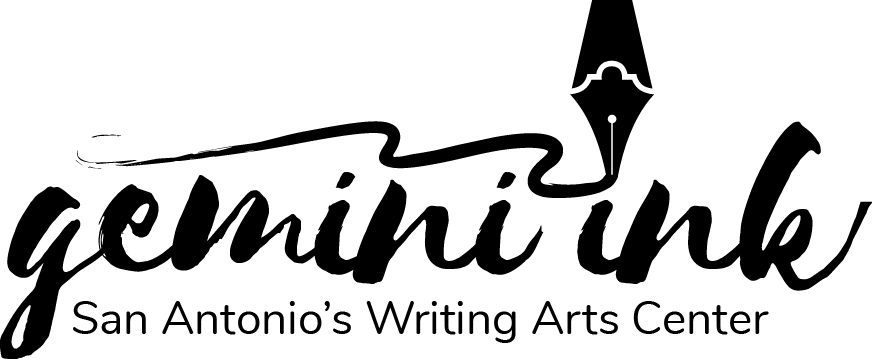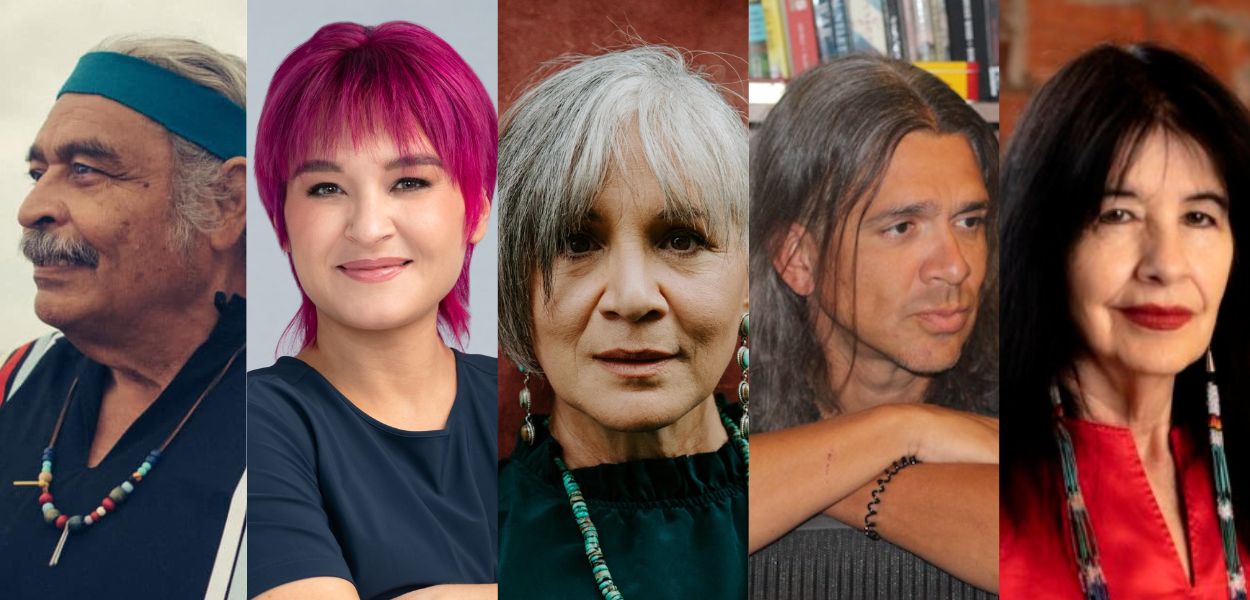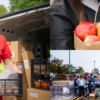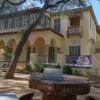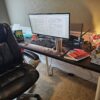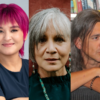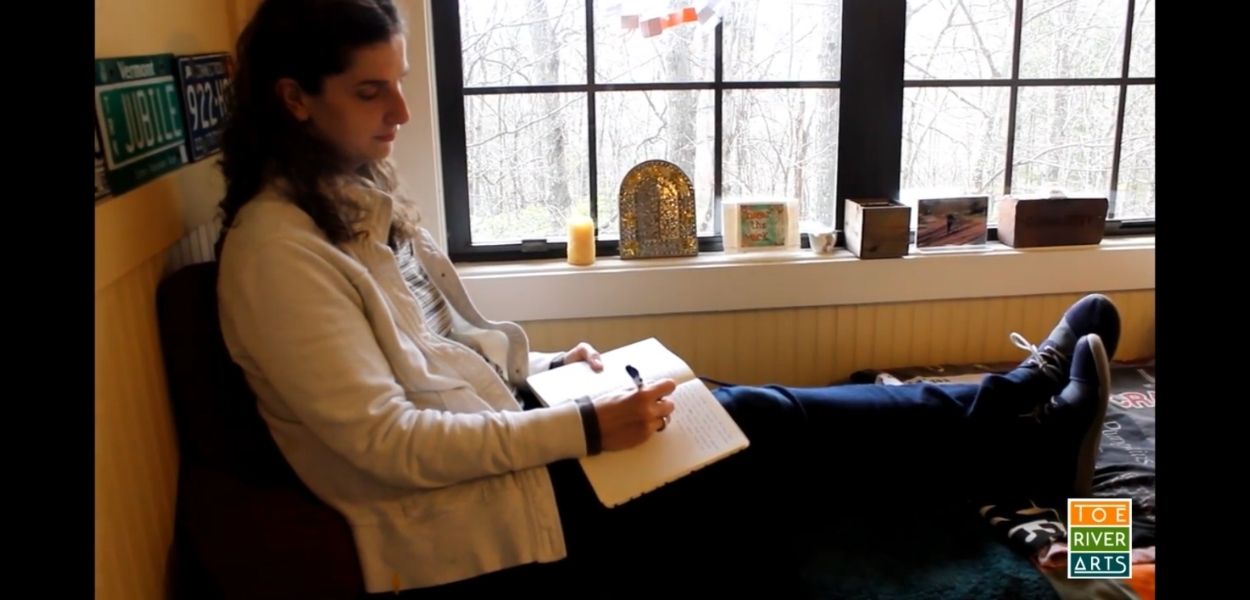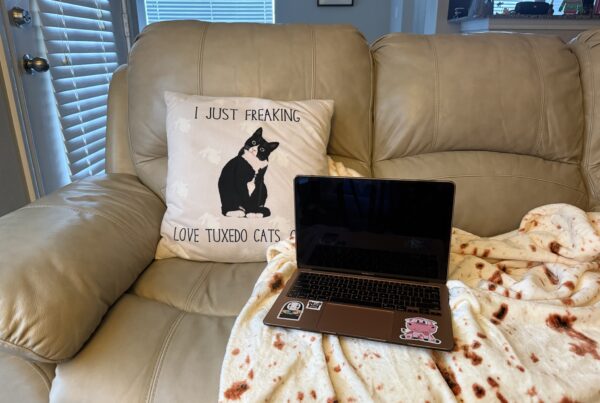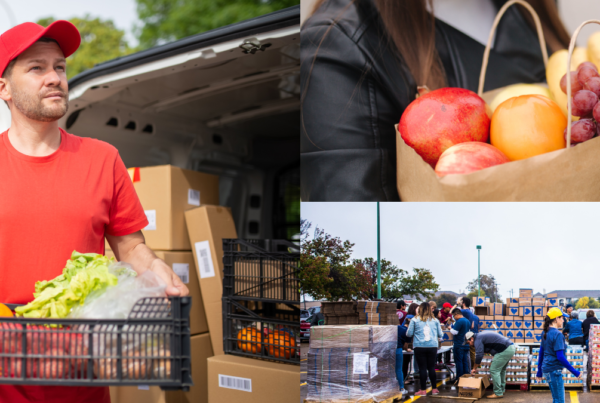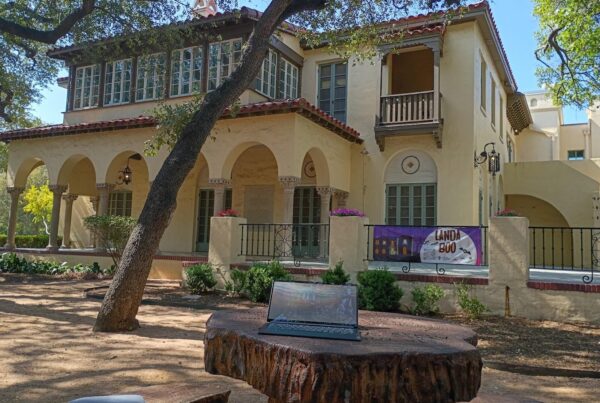Indigenous Peoples’ Day (October 13) is an official holiday in several cities that celebrate and honor Indigenous American peoples and their histories and cultures. Indigenous Peoples’ Day began as a counter-celebration to Columbus Day, stemming from the lasting effects of Columbus’s colonization of the Americas. First recognized in Berkeley, California, in 1992, it has since been adopted by many states and cities.
On Indigenous Peoples’ Day, we honor the many Native storytellers whose words and visions continue to shape our understanding of land, history, and belonging.
In Texas, Indigenous identity is layered and complex. Writers from Lipan Apache, Carrizo-Comecrudo, Tigua, and Coahuiltecan communities stand alongside Chicano and borderlands authors whose work also grows from Indigenous roots. Mexican and Chicano identity also includes other Indigenous-descendant peoples and Afro-Latinx whose histories have too often been erased.
This list doesn’t claim to be complete. Instead, it highlights a living continuum of Indigenous voices—from poets and novelists to playwrights, screenwriters, and children’s book authors. Some are citizens of tribal nations, while others identify through ancestry and community ties; all contribute to an Indigenous literary presence that is as vast and varied as the lands we walk on.
You can celebrate Indigenous Peoples’ Day by reading work by adding some titles by these authors to your bookshelf!
Texan Voices
- David Bowles (Mexican American with Nahua heritage, South Texas) – Children’s and YA author blending border and Indigenous storytelling. They Call Me Güero and The Smoking Mirror celebrate bicultural identity.
- Ariana Brown is a poet and performer whose work confronts Blackness, Mexican identity, and belonging in the borderlands. Her fierce, lyrical poems challenge anti-Blackness within Latinidad and celebrate ancestral survival.
- Norma Elia Cantú (Chicana, Indigenous roots) – Scholar, poet, and fiction writer. Her memoir Canícula: Snapshots of a Girlhood en la Frontera is a classic of borderlands literature, weaving Chicana and Indigenous heritage into everyday family life. Cantú’s scholarship and poetry continue to shape Chicano/Indigenous literary studies.
- Isaac Cardenas (Tap Pilam Coahuiltecan) – Playwright and cultural leader. His works reclaim San Antonio’s Indigenous history, including collaborations narrated by actor Jesse Borrego.
- Xelena González (Tap Pilam Coahuiltecan descent) – González is an author whose picture book, All Around Us (illustrated by Adriana Garcia) has won national acclaim for its Indigenous cosmology and visual storytelling.
- Stephen Graham Jones (Blackfeet Nation) is a prolific horror and literary fiction writer known for blending Indigenous perspectives with genre storytelling. His novel The Only Good Indians became a modern horror classic, and My Heart Is a Chainsaw launched his acclaimed slasher trilogy.
- Darcie Little Badger (Lipan Apache) – Darcie Little Badger writes speculative and YA fiction that places Texas at the heart of Indigenous futures. Elatsoe and A Snake Falls to Earth blend Apache storytelling with fantasy and science fiction.
- Enrique R. Madrid (Jumano Apache, Big Bend region) – Historian, storyteller, and keeper of La Junta de los Ríos, the ancestral homeland of his Jumano Apache and mestizo family in the Big Bend region of Texas. Madrid’s essays and oral histories bring the Rio Bravo borderlands to life.
- Jesse Manciaz (Carrizo-Comecrudo / Esto’k Gna) – Tribal member and oral historian. His storytelling and activism preserve the voices and traditions of the Indigenous people of South Texas.
- Cynthia Leitich Smith (Mvskoke / Muscogee Nation; based in Austin) – Author of the classic children’s book Jingle Dancer and curator of Heartdrum, an imprint at HarperCollins dedicated to Native children’s and YA stories.
- Carmen Tafolla (Chicana, Indigenous roots) – San Antonio’s first Poet Laureate and a former Texas Poet Laureate, Tafolla is a poet, performer, and children’s book author whose work draws on Indigenous, Mexican, and mestizo traditions of story. Books like Curandera and Rebozos honor women’s voices, healing, and cultural survival.
- Margo Tamez (Lipan/Jumano Apache) – Tamez is a poet, scholar, and activist. In Raven Eye, Tamez writes the history of land theft, borders, and resistance in the borderlands. Her latest book Father | Genocide explores how her father grappled with masculinity as an indigenous Texan man.
- Juan Tejeda (Coahuiltecan Pajalate, Tlaxcalteca, Chicano/Xicanx) – Musician, educator, and publisher. His memoir, Mi Carnal Frank (2024), tells the story of his brother Congressman Frank Tejeda while his music and writing celebrate Indigenous cantos, corridos, and mestizo identity.
Beyond Texas
- Sherwin Bitsui (Diné/Navajo) – His poems braid landscape, dream, and memory to create a visceral Indigenous cosmology.
- Tommy Orange (Cheyenne and Arapaho) – Novelist of There There, capturing the modern urban Native experience with heart and clarity.
- Natalie Diaz (Mojave, enrolled in the Gila River Indian Community) – Her poetry explores desire, language, and the ongoing presence of her people.
- Kelli Jo Ford (Cherokee Nation) – Author of Crooked Hallelujah, a multi-generational novel of Native womanhood and faith in Oklahoma and Texas.
- Joy Harjo (Mvskoke/Creek Nation) – Former U.S. Poet Laureate whose poetry weaves myth, music, and memory into a living song of survival.
- Oscar Hokeah (Cherokee, Kiowa, and Mexican descent) is a fiction writer whose debut novel Calling for a Blanket Dance won the PEN/Hemingway Award for a distinguished first book of fiction. The novel follows an Oklahoma Cherokee family across generations, exploring themes of masculinity, family bonds, and contemporary Native life through interconnected stories.
- Sasha taqʷšəblu LaPointe (Upper Skagit and Nooksack) – Memoirist and poet exploring lineage, punk rebellion, and cultural renewal in Red Paint.
- Layli Long Soldier (Oglala Lakota) – Poet whose precise, spare language unravels colonial language and reclaims story and syntax.
This list could stretch on forever. Indigenous literature isn’t static; it is growing, evolving, and redefining itself every day. On Indigenous Peoples’ Day, let these writers be your entry point. Read their books, request them at libraries, stage their plays, teach them in classrooms, and share their stories.
